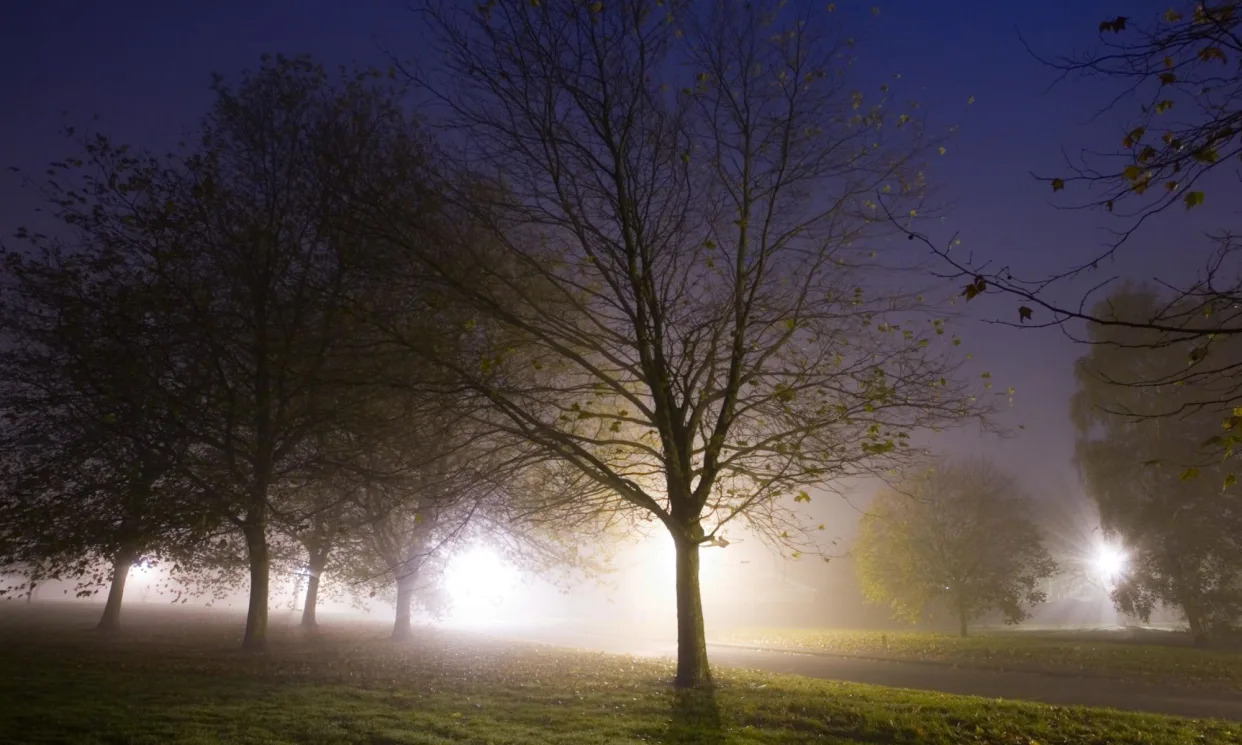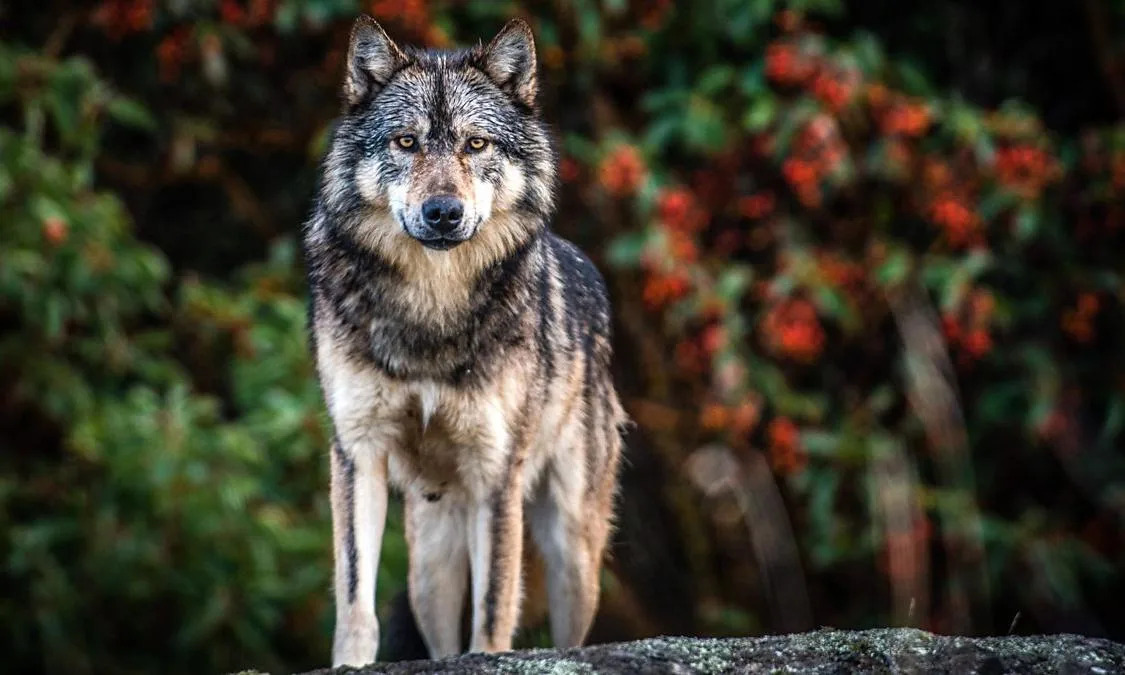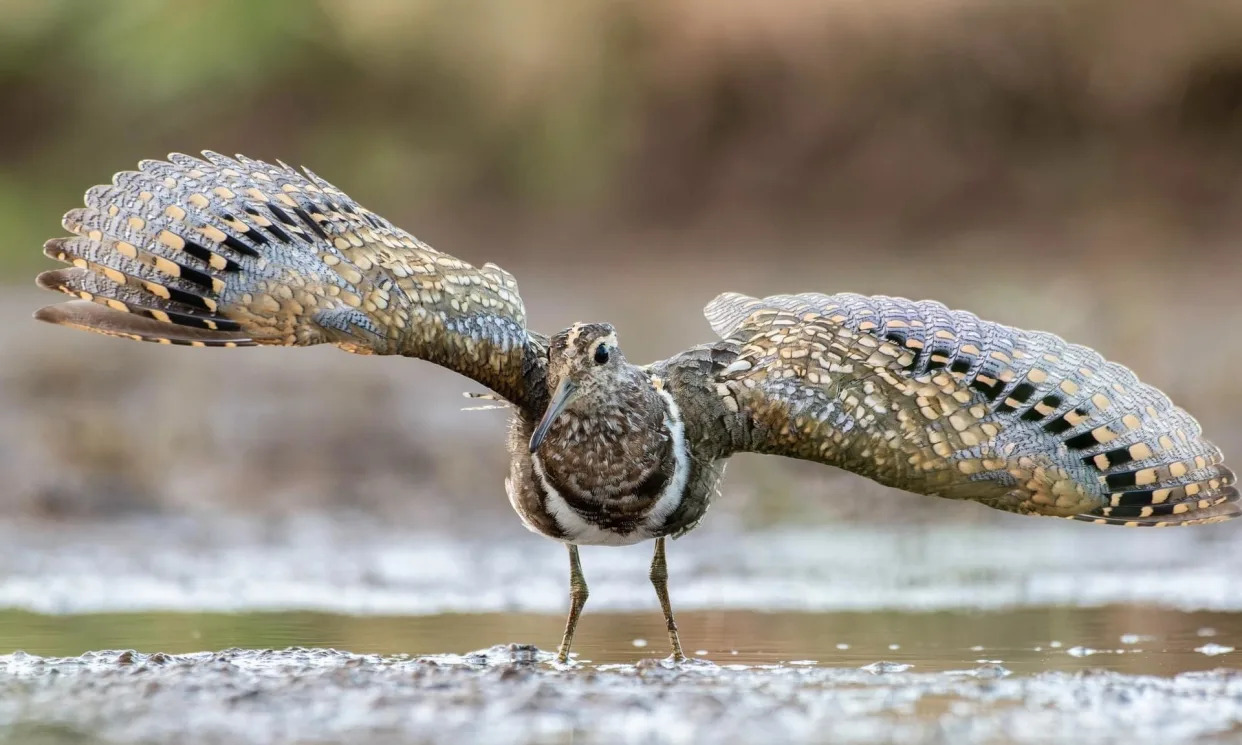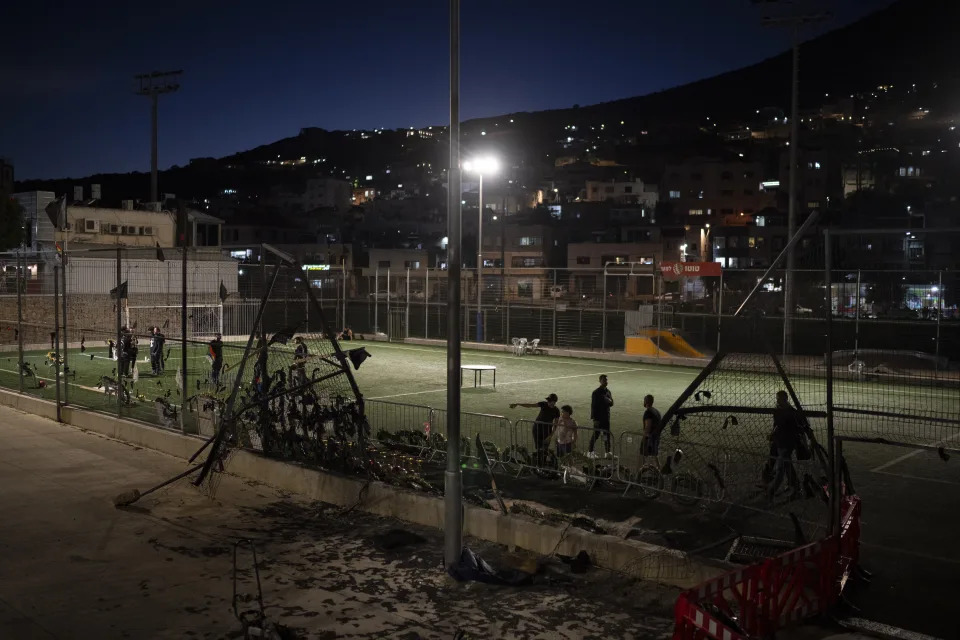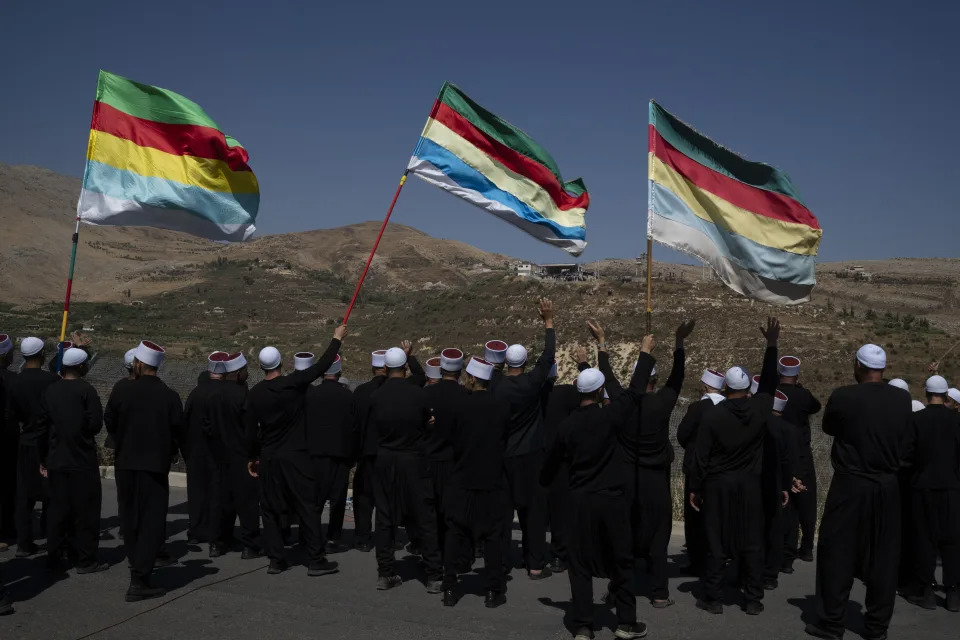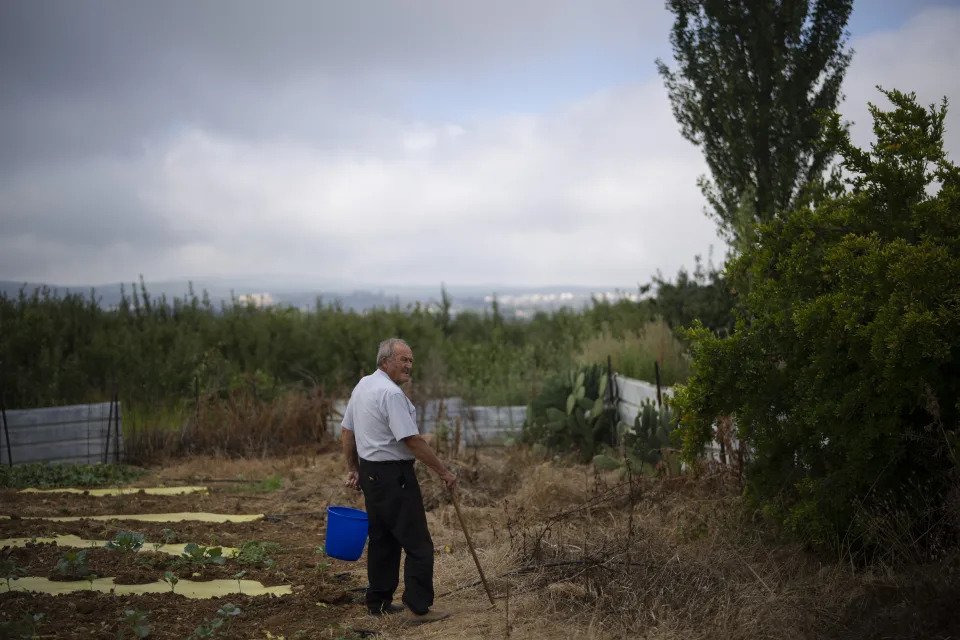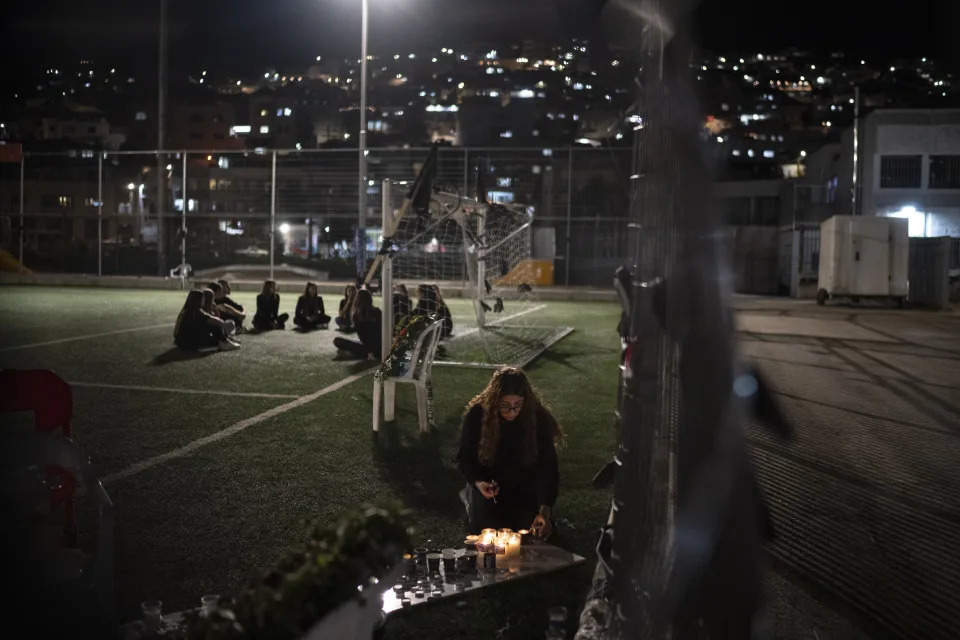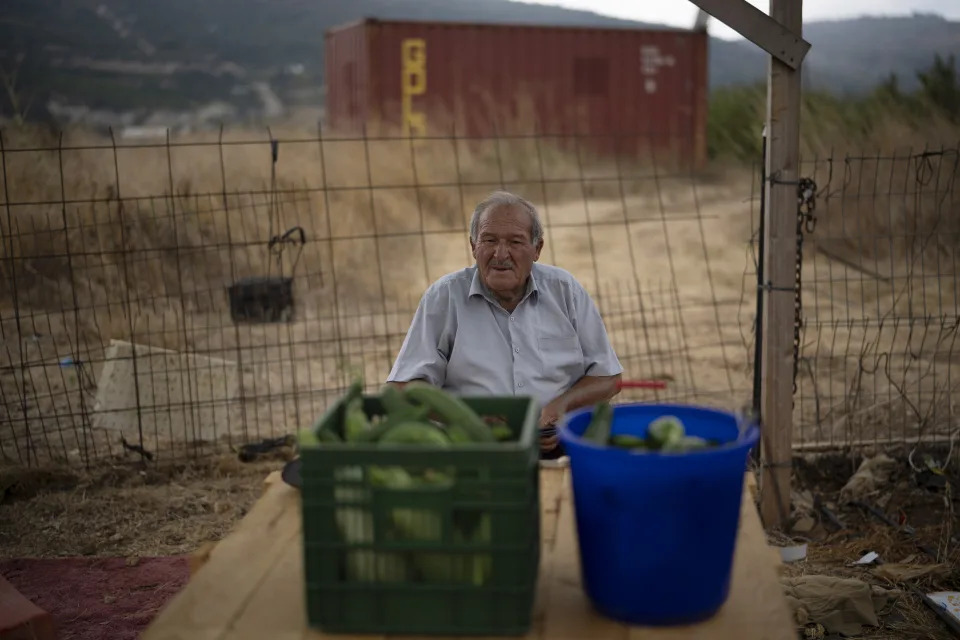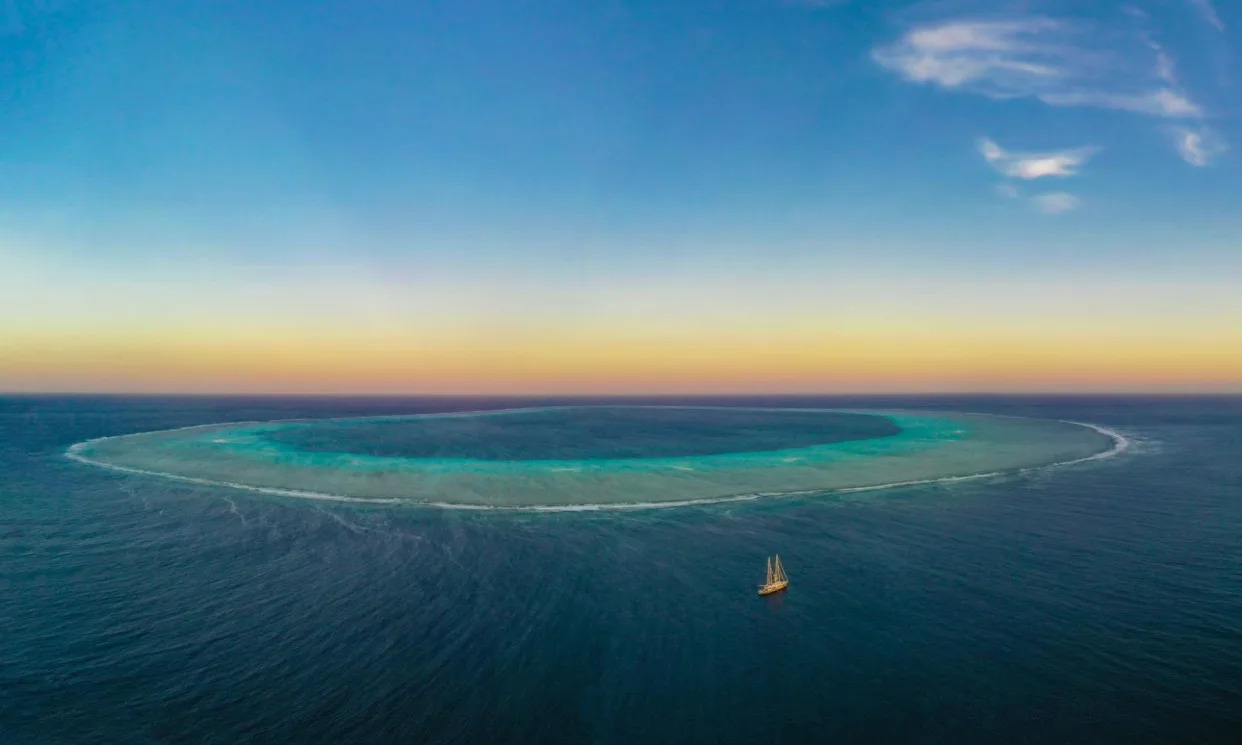Lorena Allam Indigenous affairs editor
Sun, 4 August 2024

Anthony Albanese at the Garma festival. He has told ABC TV’s Insiders that consulting Indigenous organisations to address disadvantage fit the definition of makarrata, and that a truth and justice commission is ‘not what we have proposed’.
There was a lot of talk on the weekend about the concept of makarrata and what it means to the future relationship between Indigenous and non-Indigenous peoples in Australia.
It came into sharp focus at the annual Garma festival in north-east Arnhem Land, the first to be held since the failed referendum 10 months ago on enshrining an Indigenous voice to parliament in the constitution, where questions were asked about what the government plans to do to address that unfinished business.
What is makarrata?
Yolngu people in north-east Arnhem Land have used the concept of makarrata to maintain social and political harmony for centuries. It can take many forms but is essentially a process to settle disputes.
Related: Albanese endorses ‘principle’ of makarrata but stops short of backing truth and justice commission
The late, revered Gumatj leader Yunupingu eloquently described it this way in The Australian newspaper in 2017:
“First, the disputing parties must be brought together. Then, each party, led by their elders, must speak carefully and calmly about the dispute. They must put the facts on the table and air their grievances. If a person speaks wildly, or out of turn, he or she is sent away and shall not be included any further in the process. Those who come for vengeance, or for other purposes, will also be sent away, for they can only disrupt the process.
“The leaders must always seek a full understanding of the dispute: what lies behind it; who is responsible; what each party wants, and all things that are normal to peacemaking efforts.
Sign up for Guardian Australia’s free morning and afternoon email newsletters for your daily news roundup
“When that understanding is arrived at, then a settlement can be agreed upon. This settlement is also a symbolic reckoning – an action that says to the world that from now on and forever the dispute is settled; that the dispute no longer exists, it is finished.
“And from the honesty of the process and the submission of both parties to finding the truth, then the dispute is ended,” Yunupingu wrote.
How is makarrata described in the Uluru statement from the heart?
The Uluru statement called for a voice to parliament enshrined in the constitution followed by a makarrata commission to oversee “a process of agreement-making between governments and First Nations and truth-telling about our history”.
Presented to the Australian people, the Uluru statement was born from a series of national dialogues involving thousands of Aboriginal people, culminating in a constitutional convention at Uluru in 2017.
Related: ‘We have to make a new path,’ Albanese vows, returning to Garma festival after voice defeat
From election night in 2022, the prime minister, Anthony Albanese, repeatedly said his government was committed to the Uluru statement “in full”.
The makarrata commission was dependent on the outcome of the referendum to enshrine the voice in the constitution, which failed in October last year.
Since then, the future of the rest of the Uluru statement has been unclear.
What did the prime minister say about makarrata at Garma on the weekend?
Speaking on ABC TV’s Insiders program in a pre-recorded interview, Albanese suggested that consulting Indigenous organisations to address disadvantage and boost economic development fits the definition of makarrata.
“Obviously, there has been a struggle for First Nations people. That’s why we talk about closing the gap, or what is really a chasm in some areas,” Albanese said. “And coming together is a principle of walking together – that engagement. It’s not a moment in time. It’s a process of coming together after struggle.”
Albanese said engagement was happening with existing bodies, like the Coalition of Peaks and land councils.
“It means engaging with First Nations people right around the country. There are different needs depending upon whether people are in urban communities, like my electorate. The needs of people in Marrickville, that has a sizeable First Nations population, is very different from here of the Gumatj clan of the Yolngu people,” he said.
When asked if his government intends to embark on a truth and justice commission, Albanese said: “That’s not what we have proposed. What we’ve proposed is makarrata just being the idea of coming together.”
“That might take forms as it evolves” but he wouldn’t “pre-empt” it, he said.
“What it means is listening to and respecting First Nations people and then responding.”
What’s been the reaction to Albanese’s comments?
The prime minister’s interpretation of makarrata appears to differ from the one Indigenous leaders have promoted.
Dean Parkin, “yes” campaign director for the referendum, said Albanese’s “election night commitment was to the full implementation of the Uluru statement from the heart and [it] is very, very clear on that point. The first element of the commitment has been carried through, the prime minister has been true to his word on that, and we would say that the remainder of the Uluru statement from the heart is outstanding, and it does involve a commission.”
Related: ‘Completely outrageous’: Indigenous leaders condemn worsening Closing the Gap data
The co-chair of the Uluru dialogues, Pat Anderson, said the prime minister appeared to be abandoning that version of makarrata in favour of “a vague vibe or a series of casual conversations”.
“The prime minister’s comments are confusing,” Anderson said in a statement on Sunday night. “Is he rolling back on the Labor election commitment to the makarrata commission? We understand that a constitutional voice didn’t get up but the Australian people didn’t vote on truth or treaty.”
She suggested Albanese was reducing the idea of makarrata to something less than what was intended.
“The makarrata called for in the Uluru statement was a bricks-and-mortar body and a clear election promise,” she said.
What happens now?
By Monday, the new Indigenous Australians minister, Malarndirri McCarthy, was attempting to settle the “confusion” and hose down speculation that the government was breaking an election commitment.
“I would caution everyone to just calm down, that this has been a significant weekend at Garma. We are not moving away from our commitment to the Uluru statement from the heart in terms of our love and our support for all of those who gathered there in 2017. What I would say to all Australians is that First Nations people need time,” McCarthy told the ABC.
“This was clearly a soul-shattering event, as was said to us in Garma on the weekend. People are still recovering from that. I know in my new role as the minister for Indigenous Australians, I now have to make sure I canvas right across the country where other First Nations people are at.
“The interpretation of what the prime minister said has been taken completely further than what it was meant to,” she told the ABC.
Later, she reiterated: “I’m not sure how many times I can say that the principles of the Uluru statement from the heart are very much supported by our government.”
The opposition leader, Peter Dutton, said that if he won office, there would be no makarrata, or truth-telling.
Dutton said spending $450m on the voice referendum was “an outrage”.
The prime minister’s speech at Garma was mostly about how Indigenous communities could benefit economically from involvement in renewable energy, critical minerals and rare earths.
“New clean energy projects, new defence and security projects, new processing and refining facilities can all unlock new jobs and prosperity for Indigenous communities,” Albanese said.
Perhaps the most revealing comment on the government’s Indigenous affairs agenda came from the former Labor treasurer for Western Australia Ben Wyatt, who later told The Australian “with innovation in social policy likely to be contentious in light of the referendum result, economic participation should be a non-contentious area of policy space and will, therefore, become a much more significant leg of the Aboriginal empowerment platform”.


